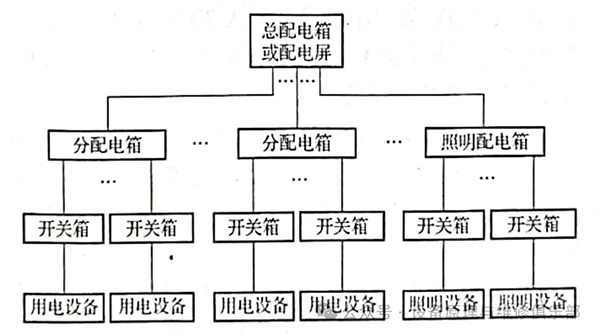Electrical Knowledge – Principles for the Setup of Distribution Boxes and Switch Boxes
Principles for the Setup of Distribution Boxes and Switch Boxes
The setup principles for distribution boxes and switch boxes refer to the requirements of "three-level control (power distribution) and two-level protection" as well as "one machine, one box, one switch, one leakage protector". The general distribution boxes (cabinets), sub-distribution boxes, and switch boxes shall be fully equipped, and their functions, locations, and power supply systems shall all comply with specification requirements.
Distribution boxes serve as the core link between the power supply and electrical equipment at construction sites, while switch boxes—with power lines connected to their input terminals and electrical equipment to their output terminals—are also crucial for electrical safety. Therefore, proper setup is an extremely important issue. In accordance with standard requirements, construction sites must implement hierarchical power distribution to facilitate hierarchical technical management and maintenance, which is generally divided into three levels. The so-called three-level power distribution means that electricity is transmitted through three levels of power distribution devices from the power supply incoming line to the electrical equipment at the construction site. Specifically, sub-distribution boxes are installed under the general distribution box, and switch boxes are installed under the sub-distribution boxes. The switch box is the final level, with electrical equipment connected directly below it. This forms a three-level power distribution system, which adopts a step-by-step power distribution mode consisting of three levels: general distribution box → sub-distribution box (multiple levels of sub-distribution boxes can be set up) → switch box, as shown in Figure 1.

1) The general distribution box (cabinet) is the first level of the three-level power distribution system. It is a distribution box (cabinet) in the temporary power supply system at the construction site that is responsible for overall electrical control, protection, electric energy metering, and detection of reactive power and voltage quality.
2) The sub-distribution box is the second level of the three-level power distribution system. Under the control of the on-site general distribution box, it is a distribution box that provides protection, management, and power supply for the voltage of each switch box. Multiple levels of sub-distribution boxes can be set up for hierarchical power distribution.
3) The switch box is the third (and final) level of the three-level power distribution system. It receives control from the sub-distribution box and the power supply provided by the sub-distribution box, and serves as an operation box directly used for controlling and managing electrical equipment.
4) The switch box shall be powered by the final-level sub-distribution box.
Three-level control refers to the three-level control of the general distribution box, sub-distribution box, and switch box, with hierarchical power distribution implemented. A general distribution box (or power distribution room) shall be set up at the construction site; sub-distribution boxes shall be installed under the general distribution box; switch boxes shall be installed under the sub-distribution boxes; and the switch boxes shall control the electrical equipment. The purpose is to cut off the power supply as quickly as possible to avoid hazards when a fault occurs. Each piece of electrical equipment shall be equipped with a dedicated switch box. Two-level protection means that a leakage protector is installed at the general distribution box (or a leakage protector is installed at the sub-distribution box) as the primary leakage protection, and a final-level leakage protector is installed at the switch box. This forms the "two-level leakage protection" for the temporary electrical lines and equipment at the construction site.
To ensure safe lighting, the power distribution for construction site lighting shall be separated from that for power systems to form an independent power distribution system. This prevents on-site lighting from being affected by power distribution faults of the power system. In addition, a pre-use acceptance of the temporary electrical engineering shall be carefully conducted to ensure the three-phase load balance of the power distribution system. Single-phase electrical equipment with a voltage of 220V or 380V shall be connected to the 220V/380V three-phase four-wire system: when the current of the single-phase lighting circuit exceeds 30A, the 220V/380V three-phase four-wire power supply system shall be adopted.
